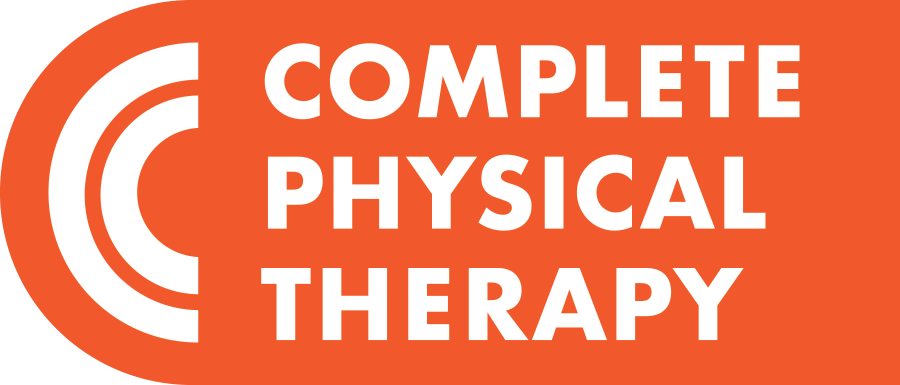Falls in Older Americans Are Rising. Here Are 5 Things That Can Help.
As the population ages, the number of older Americans who die following a fall is rising. A study published Tuesday in the medical journal JAMA found that for people over 75, the rate of mortality from falls more than doubled from 2000 to 2016.
Researchers analyzed information obtained from death certificates maintained by the federal government’s National Center for Health Statistics. In 2016, the rate of death from falls for people 75 and older was 111 per 100,000 people, they found. In 2000, that rate was 52 per 100,000 people.
Elizabeth Burns, a health scientist at the Centers for Disease Control and Prevention, who was an author of the study, said the reason for the increase was unclear.
“The most likely reason is that people are living longer with conditions that in the past they might have died from,” she said. In addition, she continued, older adults are on medications that increase their risk of falling. Women are slightly more likely to fall than men, but men are slightly more likely to die as a result of a fall.
“The take-home message is that falls kill,” said Dr. Lewis Lipsitz, a professor of medicine at Harvard Medical School and director of the Marcus Institute for Aging Research at Hebrew SeniorLife, a housing, research and health care organization in the Boston area. He was not involved in the study.
Although the trend is disturbing, falls needn’t be an inevitable part of aging, and they are preventable.
“The biggest risk factor for falls that can’t be changed is your age,” said Dr. Elizabeth Eckstrom, a geriatrician at Oregon Health & Science University. “Most of the other risks can be mitigated.”
Here are some measures you can take to help prevent a fall.
Exercise!
Dr. Lipsitz emphasized the importance of incorporating exercise into a daily routine. He suggested at least 20 minutes a day, combining aerobic and anaerobic exercise. Weight lifting, particularly for strengthening the legs, is a good idea, he said.
Tai chi, the Chinese martial art, appears to be an effective way to improve balance. It involves very slow, purposeful movements in coordination with breathing and muscle activity.
A study published last year found that among adults over 70 who practiced tai chi twice a week for an hour, the incidence of falls was reduced by 58 percent. Dr. Eckstrom, one of the study’s authors, said the participants in the study did tai chi twice a week for an hour over a six-month period.
“When you fall, your body has not figured out how to stay posturally stable, and tai chi helps with that,” Dr. Eckstrom said. “With a lot of the classic tai chi moves, you make a fairly large step out, or to the side. Or you lean forward, with your trunk. You’re putting yourself in a position of almost falling.” All of this, she added, trains the body to remain stable when put in an off-kilter position.
The CDC maintains a compendium of recommended exercises that includes tai chi.
Mind your meds
Medications, especially those that help with sleep, can compromise balance. Dr. Eckstrom said benzodiazepines such as Valium and Xanax are especially bad.
“Metabolism slows in older adults, so toxicity to benzos builds up, which can cause dizziness,” she said.
The same goes for non-benzodiazepines such as Ambien. Sedating antihistamines such as Benadryl and Advil PM are also bad for balance.
“If everybody got off the sleeping pills, it would help a lot,” Dr. Eckstrom said. As an alternative, she recommended melatonin to her patients, which she called a safe and effective sleep aid.
Re-accessorize
Eyesight is a crucial component when it comes to falls. Avoid bifocal or progressive lenses when walking outside. “If you’re wearing bifocals and stepping down off a curb, that changes your depth perception,” said Ms. Burns, who recommends a single-focus lens for walking outside.
Then there’s footwear. Fashion, said Dr. Lipsitz, needs to take a back seat to function. “No high heels,” he said. Dr. Eckstrom agreed.
Anything the foot slides into is a terrible idea, she said: “Avoid cute slide-in sandals.”
All shoes should have a back, and a sole with good tread. Slippers, too, can be bad. “Slippers make you slip,” said Dr. Eckstrom.
Are you too proud to use a cane or walker? Get over it. “If your doctor has recommended a walker, use it,” Dr. Eckstrom said. “It will allow you to be more independent for longer.”
Eliminate tripping hazards
The accumulated clutter of a lifetime can be lethal. Get rid of small scatter rugs in your home, and eliminate extension cords that stretch across a floor.
Pets can also be a hazard. “It’s so easy to trip over your pet,” said Dr. Eckstrom.
Take a closer look at the height of thresholds between rooms; it takes just a fraction of an inch to cause a trip. Keep a light on at night for visual access to the bathroom.
Early and often to the bathroom
Hydration is a good way to fight dizziness. Drink plenty of water throughout the day, said Dorothy Baker, a senior research scientist in geriatrics at the Yale School of Medicine.
“Don’t wait until you’re desperate to go to the bathroom and need to rush,” Dr. Baker said. There’s a bonus to frequent bathroom trips, she added. “Doing that sit-to-stand is really good exercise and good for balance. Do a few extras while you’re there.”

